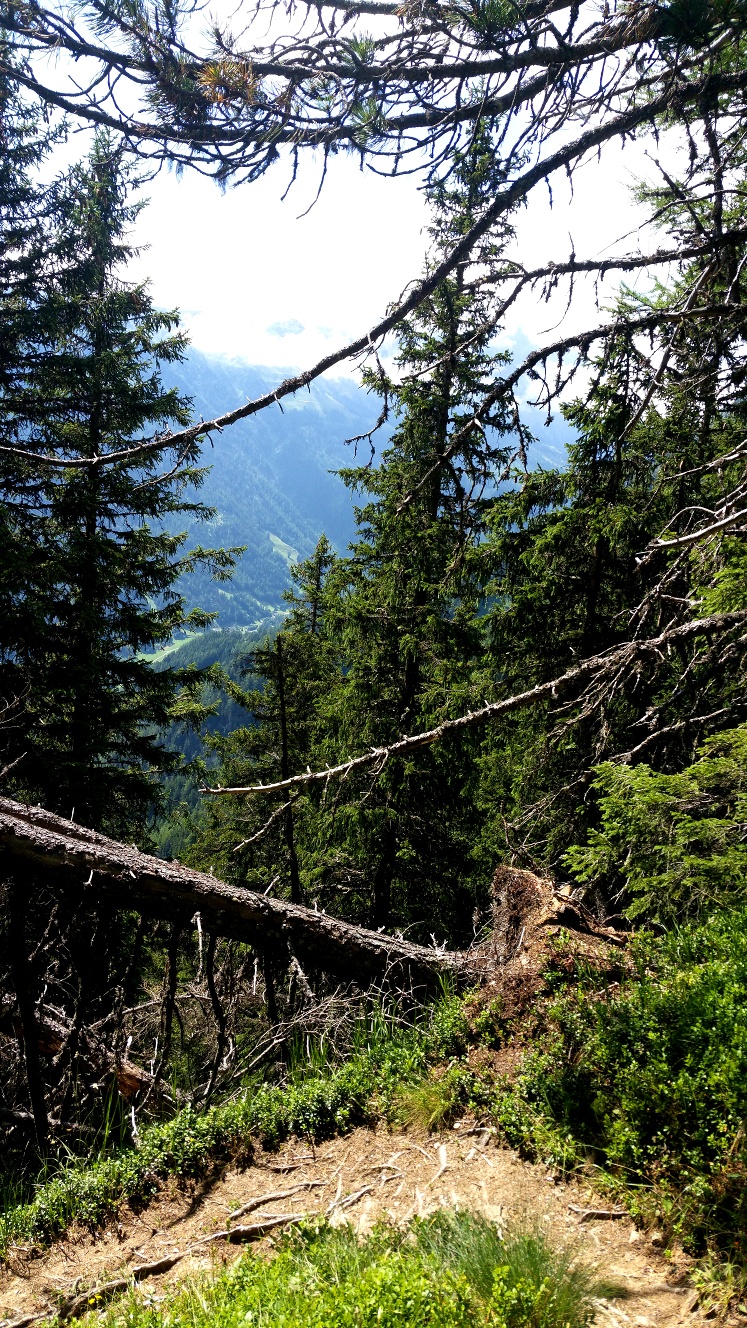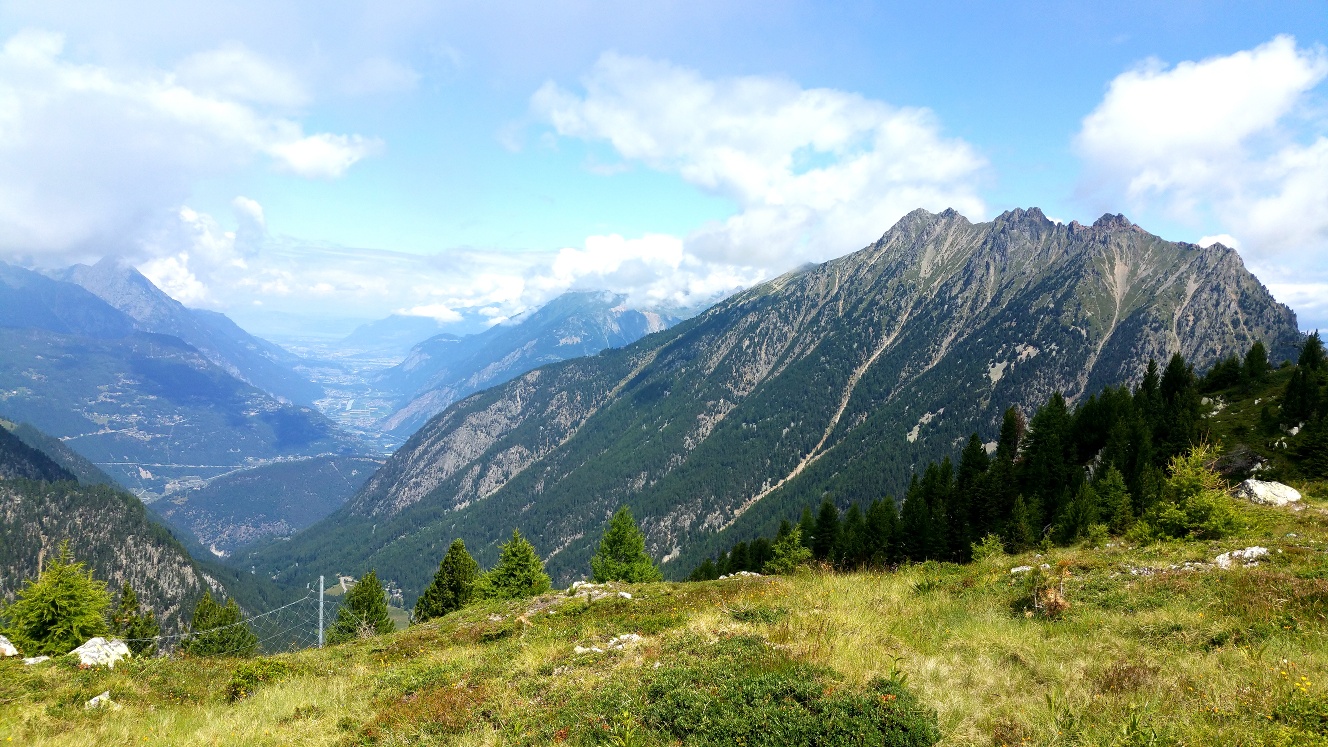Echoes in the Wilderness: Unearthing the Legends of America’s Trappers’ Trail
The American West, a landscape forged in the crucible of ambition and untamed wilderness, is a vast tapestry woven with threads of truth and myth. Among its most compelling narratives are the legends born from the Trappers’ Trail – the arduous routes carved by the indomitable mountain men of the early 19th century. These were not merely economic ventures driven by the demand for beaver pelts; they were epic odysseys into the unknown, giving rise to figures whose exploits, whether factual or embellished, became the bedrock of American folklore. To traverse the Trappers’ Trail, even in imagination, is to step into a world where reality blurred with the fantastic, where survival was a daily gamble, and where the human spirit was tested against the raw, magnificent power of nature.
Before the railroads, before the wagon trains, and even before significant government expeditions, it was the mountain men who first truly charted the vast interior of the North American continent. From the headwaters of the Missouri River to the rugged peaks of the Rocky Mountains, their trails were ephemeral paths marked by beaver traps, campfires, and the occasional shallow grave. These men, often fleeing civilization or simply drawn by the irresistible call of adventure, were a breed apart. They were skilled hunters, trackers, and navigators, fluent in the languages of the wilderness and often in those of the Native American tribes they encountered. Their lives were a constant negotiation with danger – hostile tribes, ravenous grizzlies, treacherous weather, and the ever-present threat of starvation.
It is from this crucible of extreme experience that legends were forged. The isolation of the wilderness amplified every act of courage, every feat of endurance, and every brush with death. Stories, shared around flickering campfires at the annual rendezvous – the raucous, vital trading fairs where trappers met with supply trains – grew in the telling, becoming larger than life. These weren’t just tales of survival; they were a testament to the human capacity for resilience, ingenuity, and sometimes, outright madness.

One of the most enduring and gruesome legends to emerge from the Trappers’ Trail is that of Hugh Glass. His story, popularized in countless books and films, embodies the sheer, visceral struggle for survival against overwhelming odds. In 1823, while trapping along the Grand River in present-day South Dakota, Glass, a member of William Ashley’s Rocky Mountain Fur Company, was mauled by a grizzly bear. His companions, including a young Jim Bridger and a man named John Fitzgerald, believing him mortally wounded, abandoned him, taking his rifle, knife, and other equipment. What followed was a near-mythical act of will. Glass, with a broken leg, gashed back, and torn scalp, crawled over 200 miles, subsisting on berries and carrion, even reportedly allowing maggots to eat his festering wounds to prevent gangrene. His sole purpose was revenge against those who left him for dead. When he finally found Bridger and Fitzgerald, he chose forgiveness over vengeance, a testament to a code of honor forged in the unforgiving wild. Glass’s tale is more than a legend; it’s an archetypal narrative of resilience that continues to resonate, reminding us of the extraordinary power of the human spirit when pushed to its absolute limits.
Then there was Jedediah Smith, a figure as pious as he was daring. While many mountain men were rough-hewn and irreligious, Smith carried his Bible and maintained his faith throughout his incredible journeys. His exploits read like an epic poem: he was the first American to cross the Mojave Desert and the Sierra Nevada Mountains, and the first to traverse California from south to north. He faced hostile Ute and Mohave tribes, survived starvation in the desert, and was the sole survivor of an attack by Arikara warriors. Smith’s legendary status stems not just from his physical prowess but from his moral fortitude. He embodied a different kind of American legend – one of exploration driven by a quiet, unshakeable resolve. As one historian noted, Smith "had a reputation for being ‘clean, honest, and intelligent,’ a true rarity among the mountain men." His death in 1831, ambushed by Comanches on the Santa Fe Trail, was a tragic end to a life that had already carved an indelible mark on the map and the mythology of the West.
But not all legends were born of grim survival. Many, especially those attributed to Jim Bridger, were infused with a healthy dose of exaggeration and frontier humor. "Old Gabe," as he was affectionately known, was a master storyteller, his tales becoming the quintessential "tall tales" of the American West. Bridger claimed to have seen a petrified forest where birds sang petrified songs, witnessed a mountain of glass, and explored a valley where the air was so thick with "petrified silence" that one could cut it with a knife. While many of his stories were clearly fabrications, designed to entertain and amaze greenhorns, they often contained kernels of truth about the West’s astonishing wonders. His accounts of what would become Yellowstone National Park, with its geysers and hot springs, were initially dismissed as wild exaggerations but were later proven true. Bridger’s legends speak to the vastness and strangeness of the American landscape, a place so alien to easterners that only the most fantastic stories could capture its essence. His "lies" were, in their own way, a form of truth, conveying the awe and wonder of a world beyond conventional understanding.
The rendezvous itself was a legendary institution. These annual gatherings, held in remote, pre-arranged locations, were where thousands of pounds of beaver pelts were exchanged for supplies, where debts were settled, and where the long, lonely months of trapping were punctuated by a bacchanalian celebration. It was here, around roaring fires fueled by buffalo chips, that the stories of the trail truly came alive. Trappers, Native Americans, and traders mingled, sharing news, gambling, drinking, and, most importantly, spinning yarns. The exploits of Glass, Smith, and Bridger were recounted, embellished, and passed from mouth to mouth, growing in stature with each retelling. These oral traditions were the first newspapers of the West, shaping perceptions and creating a shared cultural mythology long before written histories could capture the imagination.
The legends of the Trappers’ Trail are not just about individual heroes; they are also about the spirit of the wilderness itself. The mountains, rivers, and plains were not mere backdrops; they were active participants in the drama. The grizzly bear, a symbol of untamed ferocity, became a recurring motif, embodying the primal dangers of the wild. The buffalo, provider of sustenance and shelter, represented the abundance and the precarious balance of life on the plains. The relentless blizzards and scorching deserts were antagonists that tested human limits. These environmental forces, both benevolent and malevolent, woven into the fabric of the stories, gave the legends a universal appeal, speaking to the age-old human struggle against the forces of nature.
Moreover, the interaction with Native American tribes formed another crucial layer of these legends. While often fraught with conflict, there were also instances of cooperation, trade, and cultural exchange. Trappers learned invaluable survival skills from indigenous peoples, adopting their hunting techniques, knowledge of medicinal plants, and understanding of the landscape. Some mountain men, like Kit Carson, who began his career as a fur trapper, lived for years among various tribes, forming deep bonds and often marrying Native American women. These relationships, both harmonious and violent, contributed to the complex tapestry of frontier legends, highlighting the collision and fusion of cultures that defined the early West.
By the 1840s, the era of the mountain man was drawing to a close. The beaver hat had fallen out of fashion, replaced by silk, and over-trapping had depleted the beaver populations. Many of the old trappers transitioned into new roles: guides for immigrant wagon trains, scouts for the military, or even early settlers. But their legacy endured. They had opened up the West, not just physically by charting routes like the Oregon Trail, but psychologically, by creating a mythology of courage, self-reliance, and adventure that would define the American character.
The legends of the Trappers’ Trail continue to resonate today because they tap into fundamental human desires and fears: the longing for freedom, the fear of the unknown, the thrill of exploration, and the ultimate test of survival. They remind us that the American identity was forged not in comfort, but in hardship; not in certainty, but in the face of immense uncertainty. These are not merely historical anecdotes; they are the epic poems of a nation, whispered across vast landscapes and echoing through generations. They stand as a powerful testament to the extraordinary lives lived on the edge of civilization, shaping not only the physical map of America but also the contours of its enduring spirit. The Trappers’ Trail, though long overgrown, remains a potent symbol of the adventurous, often brutal, and always legendary birth of the American West.



